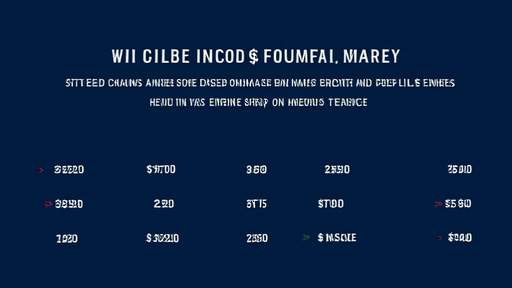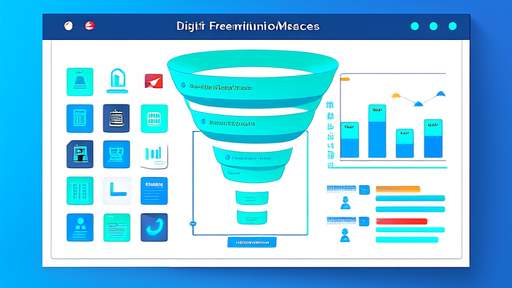The discount rate mechanism in non-performing asset (NPA) disposal is a critical yet often misunderstood aspect of financial restructuring. At its core, the discount rate reflects the gap between the book value of an asset and its realizable market value, serving as a barometer for risk, liquidity, and market sentiment. Unlike standardized financial instruments, NPA pricing is inherently opaque, shaped by a confluence of macroeconomic conditions, legal frameworks, and asset-specific variables. The process is less a precise calculation than a negotiated equilibrium between banks seeking to minimize losses and investors chasing risk-adjusted returns.
Market dynamics play an outsized role in determining discount rates, particularly during periods of economic stress. When liquidity tightens, as seen during the 2008 financial crisis or the COVID-19 pandemic, bid-ask spreads widen dramatically. Distressed debt funds and special situation investors dominate these markets, often demanding discounts of 40-60% on secured loans and up to 90% for unsecured claims. Paradoxically, this creates opportunities for well-capitalized investors to build portfolios at cents on the dollar, though the timing of eventual recoveries remains uncertain. Regional disparities further complicate pricing—assets in jurisdictions with efficient foreclosure processes command higher prices than those stuck in bureaucratic or legal limbo.
The legal and regulatory environment functions as both catalyst and constraint in discount formation. In China, where state-owned enterprises dominate NPA sales, pricing often reflects political considerations alongside commercial logic. Contrast this with the U.S. Chapter 11 process, where bankruptcy courts oversee valuation disputes through rigorous appraisal methodologies. India’s Insolvency and Bankruptcy Code (IBC) has introduced some standardization, yet delays in resolution timelines continue to erode recovery values. Legal title defects—common in emerging markets—can suppress prices by 15-30% as investors price in litigation risks.
Asset-level characteristics introduce another layer of complexity. Collateral quality remains the primary determinant of discount rates, with real estate-backed loans typically recovering 50-70% compared to 20-40% for machinery or inventory. However, even prime collateral suffers when market saturation occurs, as seen in the commercial real estate sector post-2022. Loan vintage also matters—pre-2010 NPAs often carry deeper discounts due to documentation decay, whereas recent vintages benefit from digital records and clearer chain of title. Surprisingly, emotional bias affects pricing too; portfolios containing "stigmatized" assets like defunct retail chains trade at steeper discounts than their fundamentals suggest.
Information asymmetry between sellers and buyers fuels much of the discount volatility. Banks possess intimate knowledge of borrower histories but frequently withhold sensitive data during sales processes. Investors compensate by building proprietary valuation models incorporating alternative data—utility payment histories, satellite imagery of collateral, even social media sentiment analysis for consumer debt pools. This arms race in due diligence has given rise to specialized NPA pricing consultancies that blend traditional appraisal techniques with machine learning algorithms. Still, the "winner’s curse" looms large; over-aggressive bidders often discover hidden impairments post-acquisition.
The evolution of NPA markets has introduced new pricing paradigms. Securitization structures like India’s Security Receipts or Europe’s NPL platforms attempt to create liquidity through standardization, yet secondary trading remains thin. Environmental, Social, and Governance (ESG) considerations now influence discounts—coal plant loans trade at 10-15% deeper discounts than solar assets with similar cashflows. Perhaps most transformative is the entry of technology-driven buyers using blockchain for title verification and AI for recovery optimization, compressing due diligence timelines and narrowing traditional discounts.
Looking ahead, the discount rate mechanism will likely confront unprecedented challenges. Climate transition risks may render certain industrial NPAs completely unpriceable, while geopolitical fractures complicate cross-border portfolio sales. Central bank digital currencies could revolutionize collateral tracking, potentially reducing title-related discounts. What remains constant is the fundamental tension: sellers cling to historical cost psychology while buyers price forward-looking dystopian scenarios. In this high-stakes poker game, the discount rate emerges as the ultimate scorecard of financial distress.

By /Jun 3, 2025

By /Jun 3, 2025

By /Jun 3, 2025

By /Jun 3, 2025

By /Jun 3, 2025

By /Jun 3, 2025

By /Jun 3, 2025

By /Jun 3, 2025

By /Jun 3, 2025

By /Jun 3, 2025

By /Jun 3, 2025

By /Jun 3, 2025

By /Jun 3, 2025

By /Jun 3, 2025

By /Jun 3, 2025

By /Jun 3, 2025

By /Jun 3, 2025

By /Jun 3, 2025

By /Jun 3, 2025

By /Jun 3, 2025